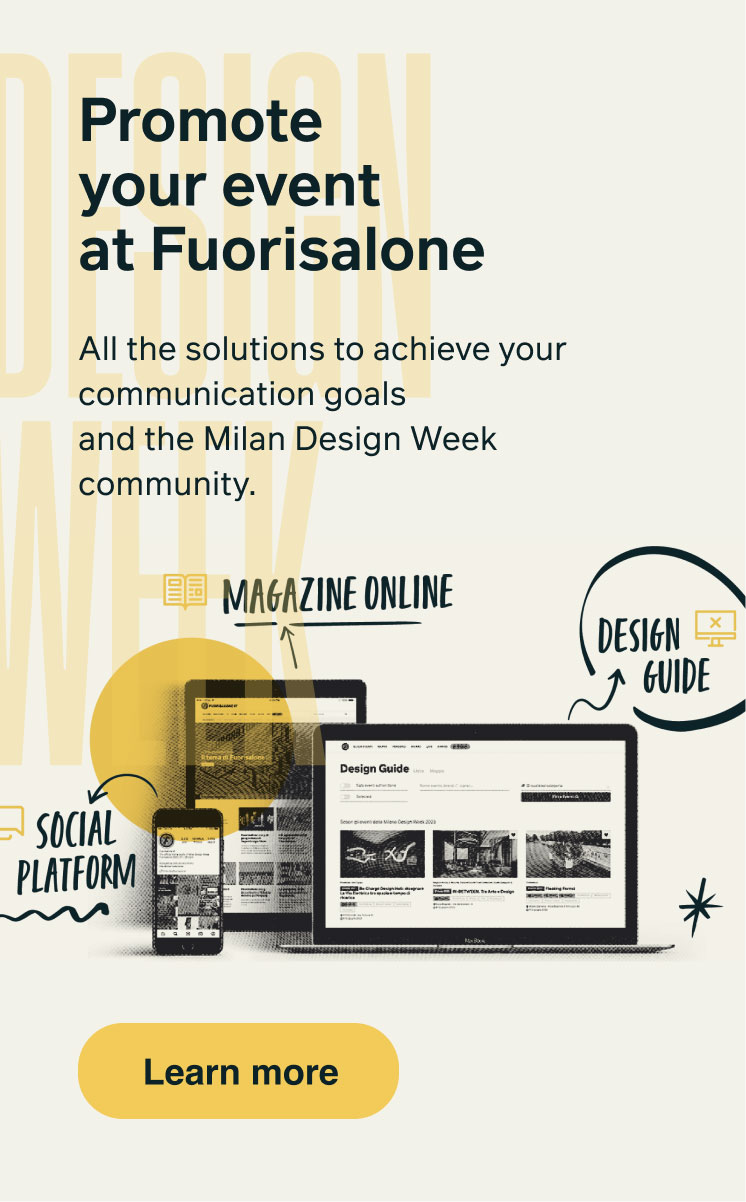"We don’t put technology at the center of our work, but we try to use it always having man and the balance of his actions as a measure, with a view to sustainability and with an approach that, as the name reveals, we like to call Mediterranean."
Computational design and digital fabrication are the tools for sustainable production that Medaarch, a multidisciplinary company and studio active from Cava de 'Tirreni throughout Italy, has chosen as the field of choice for its design and architecture projects. We interviewed Amleto Picerno Ceraso, Medaarch’s cofounder.
What is Medaarch and why did you choose computational design and digital fabrication?
Medaarch is a design and consulting company founded in 2007 in Cava de' Tirreni, a few kilometers from the Amalfi Coast. We work with innovation to create a positive impact for cities, architecture and design. We run a design atelier that uses digital and new technologies as tools to improve the quality of the projects we create. We don’t put technology at the center of our work, but we try to use it always having man and the balance of his actions as a measure, with a view to sustainability and with an approach that, as the name reveals, we like to call Mediterranean.
In what recent projects is your approach most visible?
We work at all scales, from design to architecture. In both cases new digital technologies are changing the rules of the game. The city is changing in all its aspects thanks to the revolution that digital technology is capable of creating if it is used critically. For example, in Cattolica, one of the capitals of the Riviera Romagnola, we are working on the redesign of the waterfront using new technologies, adopted for environmental monitoring systems and the use of alternative energy sources, integrating them into a humanistic vision. In short, we have tempered the instinct to connect everything to make everyone smarter and more efficient with a design tension that aims to re-naturalize the entire area. The result is a project that goes from the sea to the anthropized city, trying to establish every time, for each architectural space, an ‘agreement’ between nature, man and technology, with the ultimate goal of giving back to the city the view of the sea. On the other hand, in Rome for two years we have been designing Christmas light installations for the historical Via del Corso. The installation is characterized by a great artistic vocation and it is strongly evocative, conceived to marry energy sustainability. The result is a narration of light and images that stretches for a kilometer and a half in one of the most famous streets in the world, made with 190 kilometers of fiber optics, LED screens and an app for interaction with the public.
Made in Italy and digital manufacturing: how do these two worlds meet?
All the best manufacturing that we produce and that the world knows under the brand 'Made in Italy' now lives on the analog-digital synthesis. Digital technology has, in some way, made this new holistic vision of production possible, bringing to light the methods and approaches typical of the Italian Renaissance workshop. In all of this, the heritage of our manufacturing is not only unaltered, but rather implemented with a tool that amplifies its inherent potential. In our daily work, digital is present through design software connected to 3D printing in which we inject the fruit of our own research and that carried out in collaboration with partners, such as research into new sustainable materials, from eco-leather to the GreenWood that we will use in Cattolica, composed of raw wood flour and an ecological polyolefin plastic component. For the National Archaeological Museum of Naples, on the other hand, we reproduced the works with 3D printing for a tactile path dedicated to the blind.
We've been talking about the 3D printing revolution for years, but it doesn't seem to have borne fruit yet. Why is that?
The standardized use of digital technologies within the Italian manufacturing industry is not easy to implement and is certainly not painless. The problem is not so much a lack of resources (there are plenty of subsidies and incentives) but it is the lack of a much scarcer and more crucial factor: time. The mere purchase of technology doesn’t solve production problems, nor does it make a company more competitive. This is one of the reasons for the creation of the Center for Digital Craftsmanship, which we founded and where, every year, fifteen traditional craftsmen find a place. Here, in the spaces equipped with fab labs and all the necessary technology, they become digital craftsmen. From the Renaissance workshop to the technological one, but always focusing on the human factor.
Tag: Interviste Sustainability Cambiamento
© Fuorisalone.it — All rights reserved. — Published on 12 April 2021











































